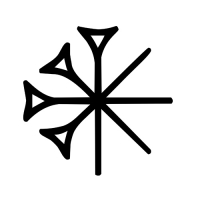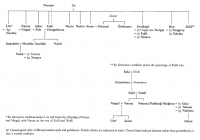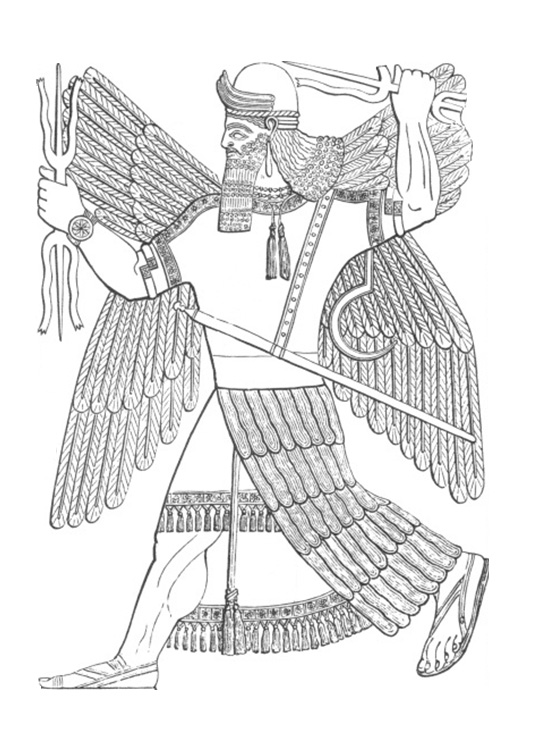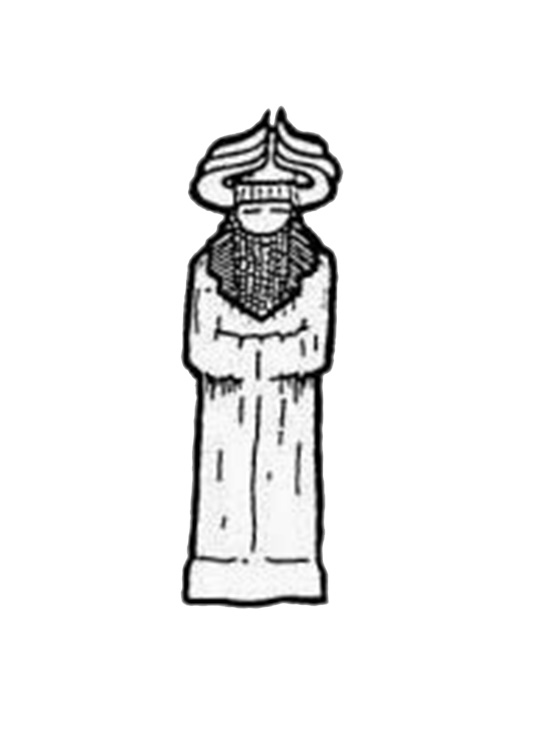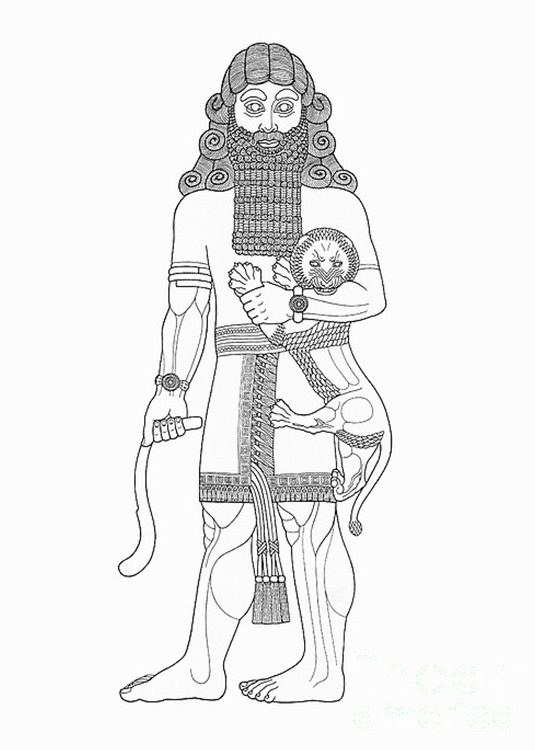Sumerian religion refers to spiritual beliefs practiced from ca. 4500-1900 BCE in Mesopotamia, or modern-day southern Iraq. Many deities were diffused into other Mesopotamian cultures.
Background
The Sumerian religion was practiced from roughly 4500-1900 BCE in Mesopotamia, or modern-day southern Iraq. The Sumerians were known as the "black headed people," according to texts from the Akkadian people, their neighbors to the north. The Sumerians worshiped many different deities and had various cult cities. The Sumerians are allegedly the first civilization to invent a formal writing system, known as cuneiform. It's important to note that the exact relationships between Sumerian deities are difficult to confirm because some texts contradict others. Sumerian religion faded away into history some time around 1900 BCE. During this time period, the Akkadian empire came to power in the area. For that reason, many Sumerian deities and myths were adapted into the new culture, much like how Roman myths were adapted from earlier Greek ones.
The Sumerians invented writing
The Sumerians are known for allegedly being the first civilization and the first peoples to use a formal writing system, called cuneiform. Most myths that scholars have on record come from clay tablets with cuneiform symbols. These symbols have been mostly translated in the last several hundred years.
Core Sumerian mythologies
The Sumerians observed a rich mythological tradition.
Sumerian cosmology
The Sumerian view of the universe seems to be based on the observance of a heaven, Earth, and an underworld. Sometimes, these were represented by the deities An (sky), Ki (Earth), and Ereshkigal (underworld).
The "underworld/netherworld" at Ganzir
In some myths, the place where the dead go is "Ganzir." This is the case in the Sumerian afterlife myth named Inanna's Descent to the Netherworld as well as in Gilgamesh, Enkidu, and the Netherworld. In general, it is also described as a dreary place where the food is made of clay or mud. Humans, however, survived there as ghosts or spirits.
"The conditions of `life' in the underworld
were thought, with few exceptions, to be dismal
in the extreme. The Sumerian dead fed on dust
and scraps and lived in darkness."
The Sumerian depiction of the realm of the dead may have also been an inspiration for the contemporary notion of "Hell" in Christianity.
"The notion of an underworld peopled by
terrifying demonic beings, which foreshadowed
the medieval image of Hell, seems to
have been a theological invention of the first
millennium BC. The dead Enkidu encounters
such demons in the Epic of Gilgameš. The
clearest literary account of such an underworld,
however, is a text recounting the hellish
vision of an Assyrian prince (thought by some
to be the seventh-century BC crown prince,
later king, Assurbanipal)."
The aforementioned categorization has survived through most of Mesopotamian literature.
